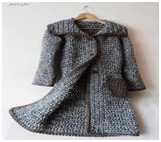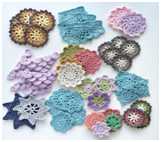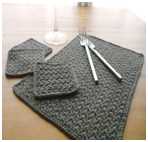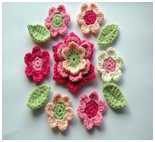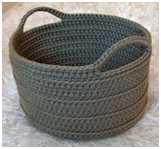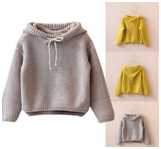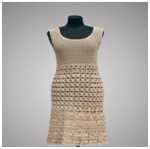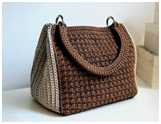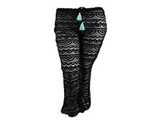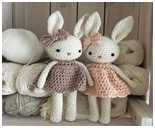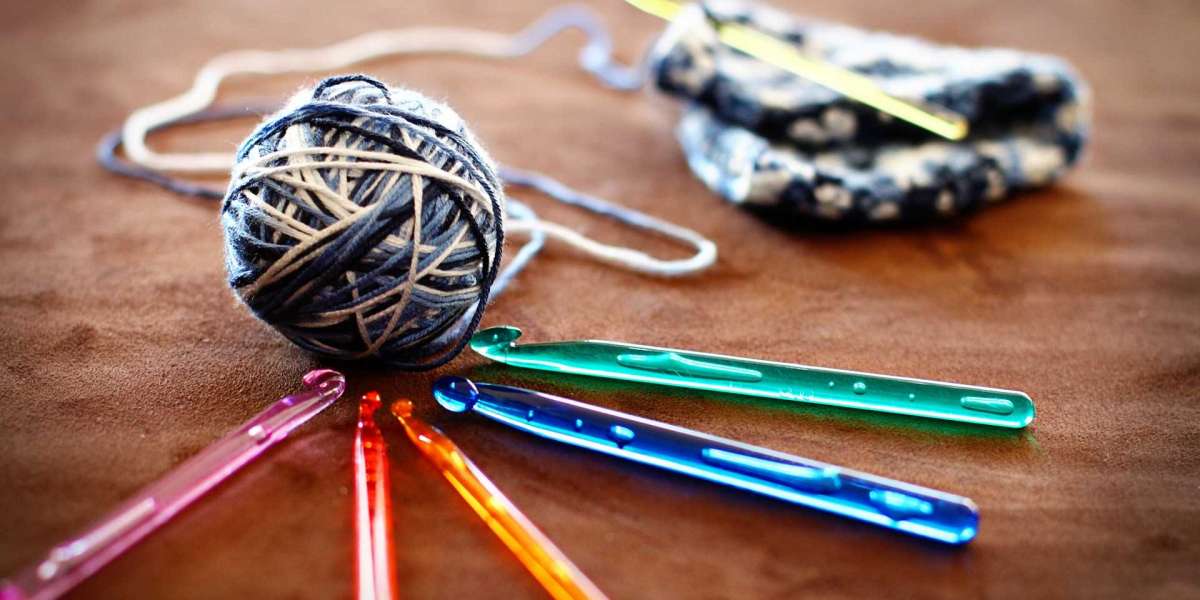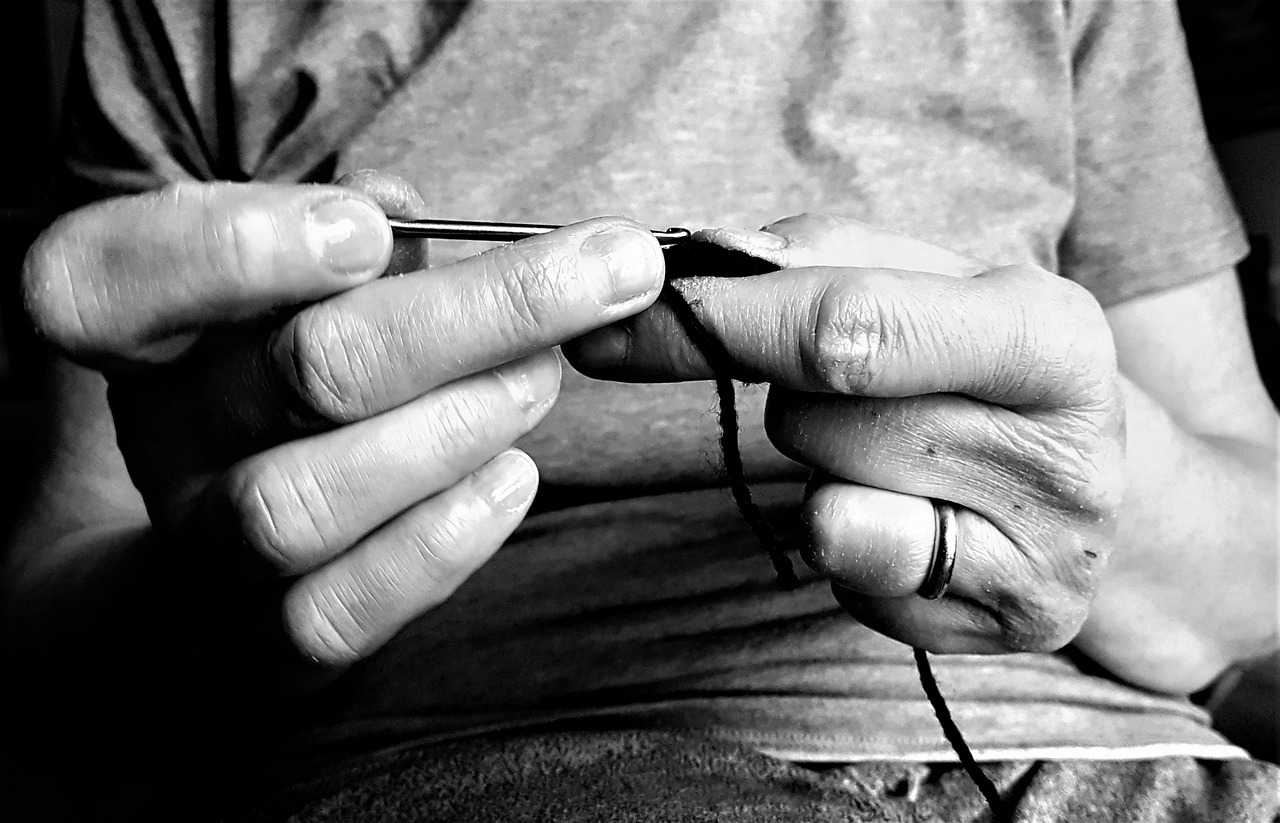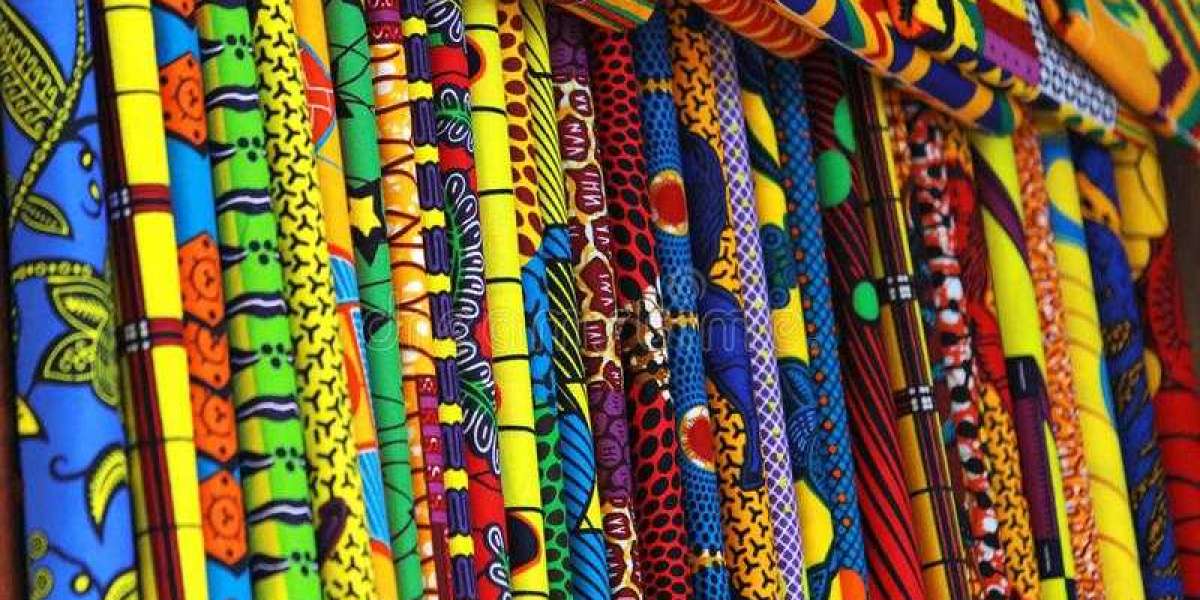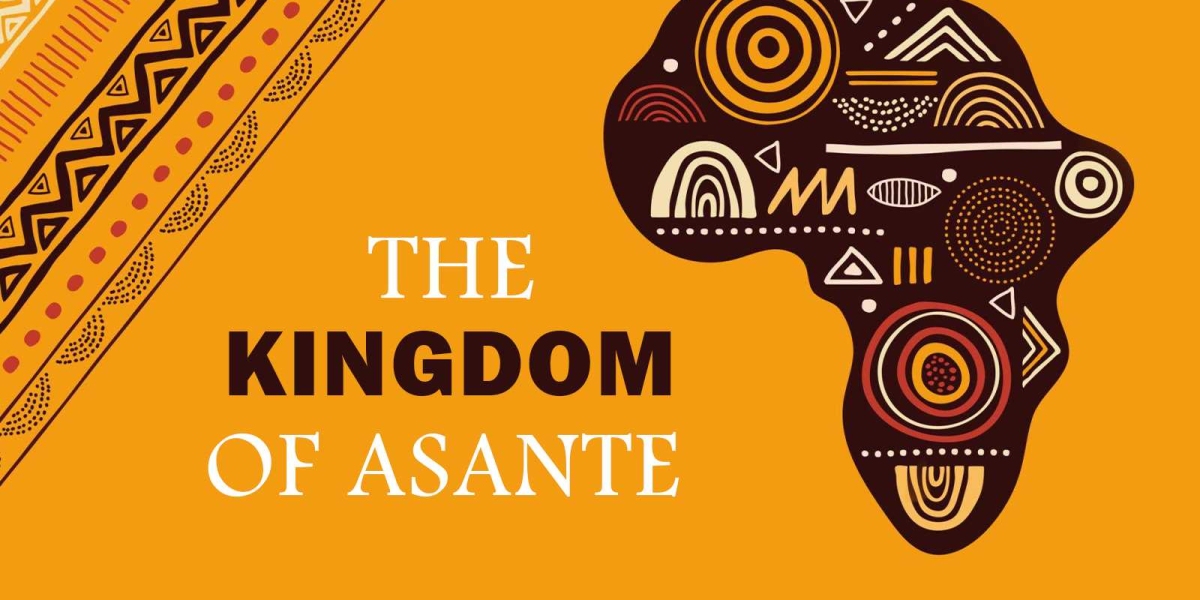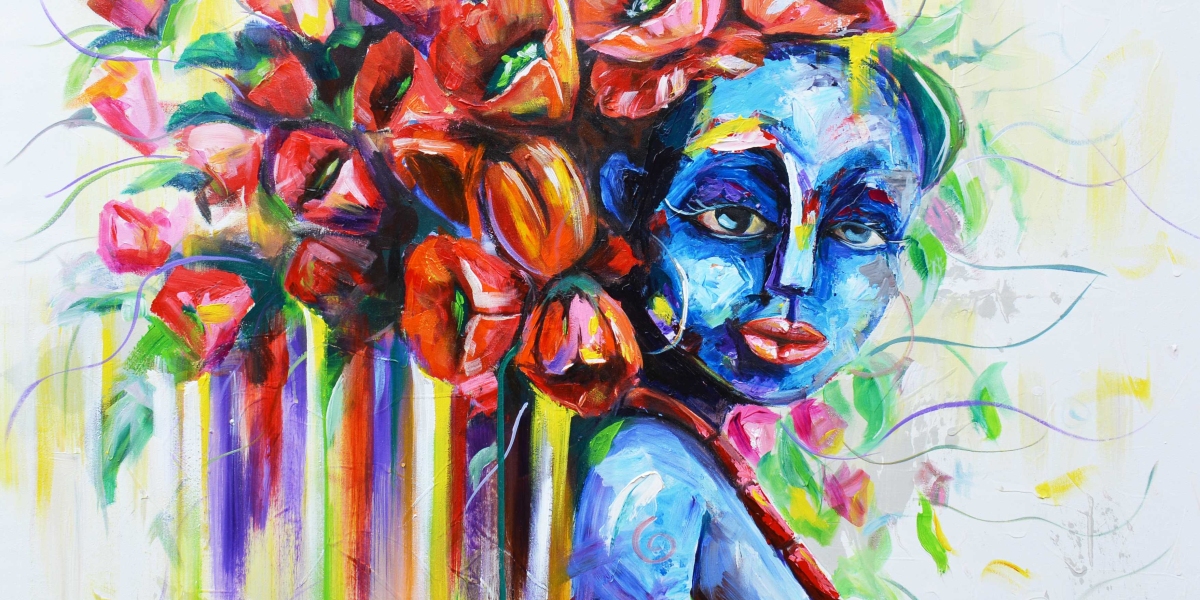History
Till date, nobody or source has accurately stated the origin of crocheting. But this doesn’t mean crocheting has no history since found tools which are similar to hook(s) the major tool for crocheting made of woods, bones, brass and even ivory in China, Turkey, India and North Africa dating back as far as 1300 BC are evidence of the existence of crocheting in ancient days. Lace(s) found in Egyptian tombs was crocheted but this isn’t conclusive evidence of Africa been the birthplace of crocheting since ancient crocheted doll(s) has also been found in China. Some believe that women used their little finger in a bent way as a hook for crocheting mostly at their leisure time to make dolls and lace.
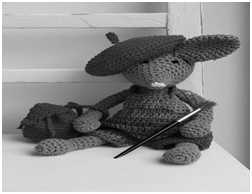
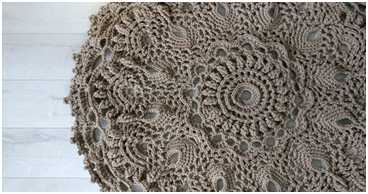
Modern-day Practice
Crochet is a method used for the making of cloth using a hooked needle (crochet hook) as a tool and a yarn as the material. Modern-day African women have turned the olden days' leisure time routine into an awesome sector in the fashion industry. The routine which was ones taught to only the rich has now been adopted as a money-making venture by most middle class and even the poor women on the African continent which if developed into an official sector will reduce the vast unemployment rate on the continent.
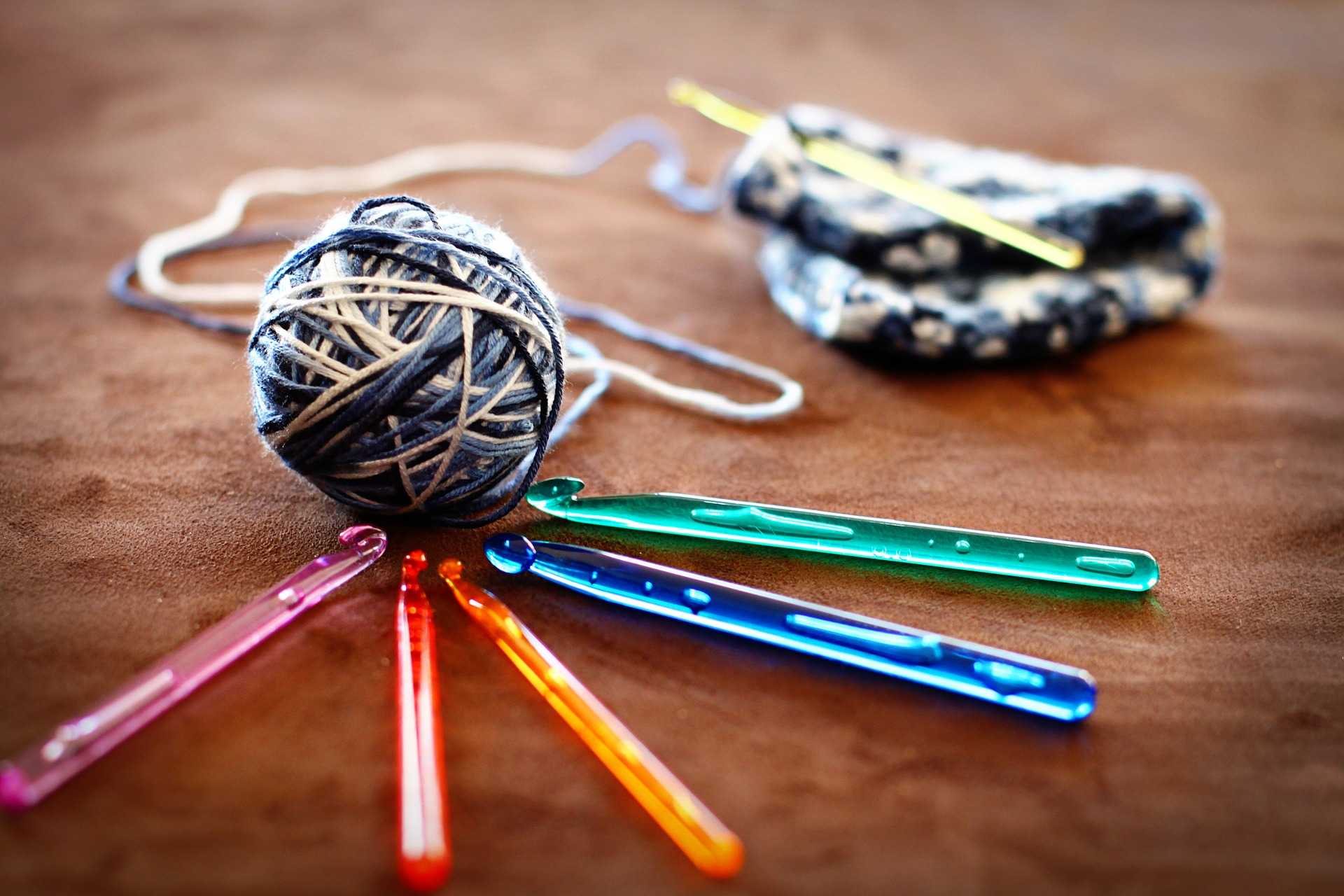
Types of Crochet
There are many forms and types of crochet to make stunning and stylish homewares, beautiful toys and modern styled clothing items.
- Afghan/Tunisia Crochet
- Amigurumi Crochet
- Aran Crochet
- Bavarian Crochet
- Bead/Wire Crochet
- Bosnian Crochet
- Broomstick Crochet
- Catherine Wheel Crochet
- Celtic Crochet
- Colourwork Crochet
- Cro-Hook/ Double-Ended Crochet
- Doily Crochet
- Filet Crochet
- Finger Crochet
- Freeform Crochet
- Granny Square Crochet
- Hairpin Crochet
- Irish Crochet
- Overlay Crochet
- Spiral Crochet
- Waffle Weave Crochet
Health Benefits of Crochet
- Self-esteem
Increased in drug use, suicide and other mental disorders are associated with low or poor self-esteem. Building new skills to feel productive can help one feel better about herself and do away with the fear of being unemployed.
- Relieves Depression
Everyone feels happy when doing what she likes. When we do what we love, our brains and guts release “happy chemicals” which acts as a natural anti-depressant. The lovely repetition of the craft helps stimulate the release of dopamine and serotonin to regulate our mood and manage depression and stress.
- Reduces Anxiety
Feeling anxious, don’t worry take your yarn, locate a hook and start feeling better. Keeping your mind focused on a busy hand whiles counting individual stitches and rows keep the mind relax and calmed which can help reduce anxiety.
- Helps with Insomnia
The release of dopamine and serotonin to regulate and calm the mind and body, both neurotransmitters regulate mood and muscle movement which plays a vital role in making one sleepy.
- Postpone or Reduces Dementia
Studies have shown that crochet can postpone age-related memory loss and may also reduce dementia by as much as 50%.
- Helps with Finger Arthritis
The rhythmic repetition of crochet keeps the fingers nimble which helps prevent stiffening of the joints and serve as a treatment for finger arthritis.
Images of crochet items
